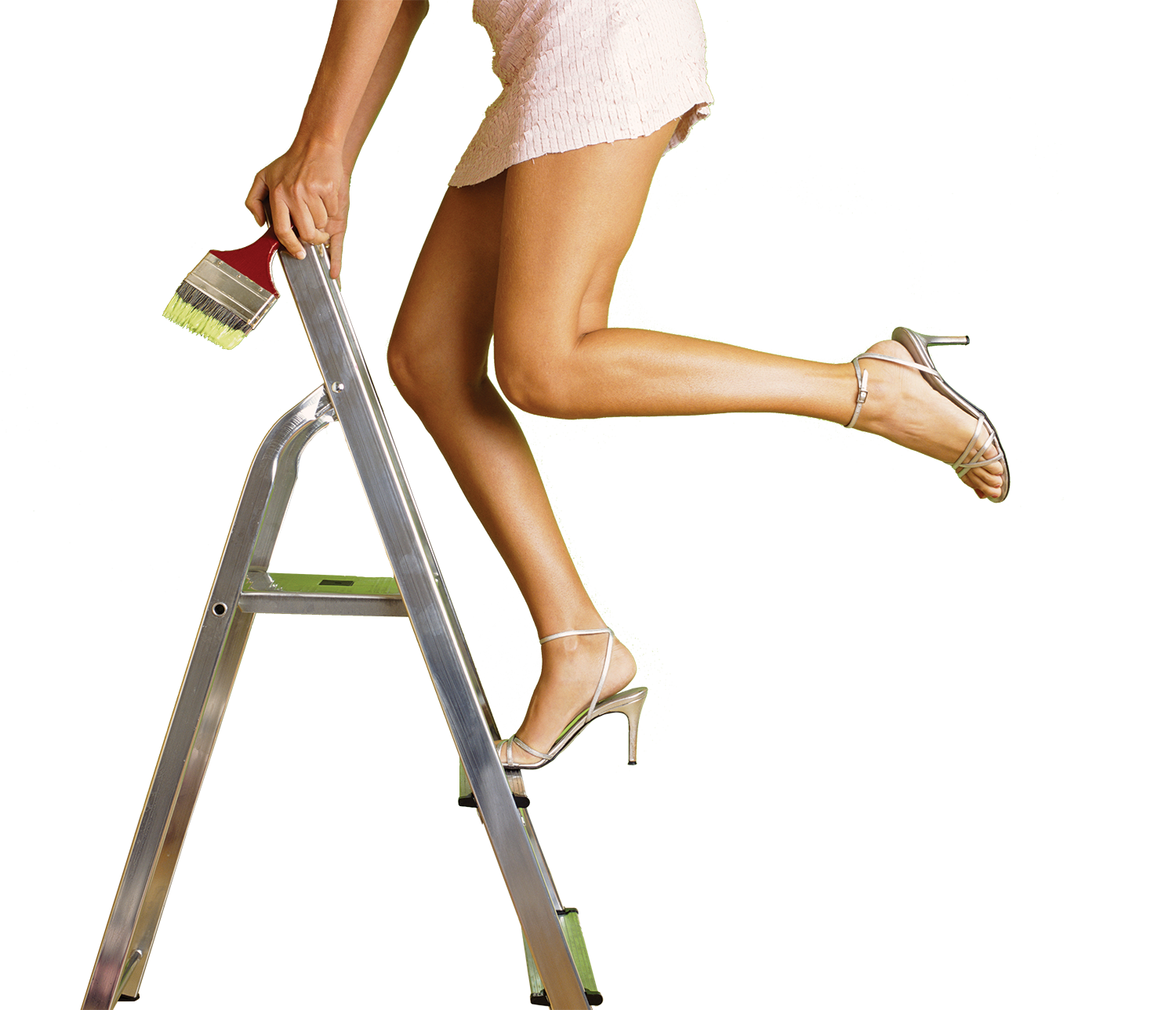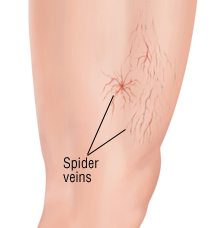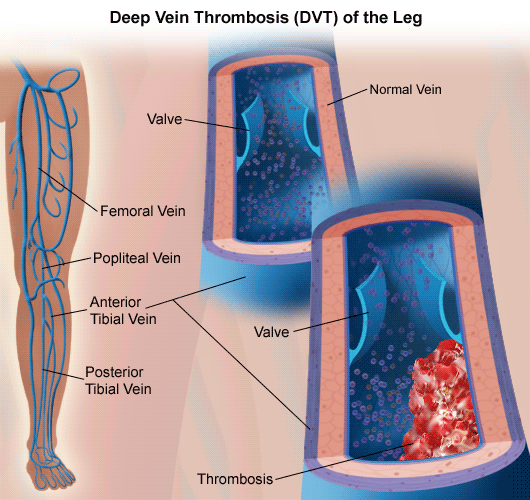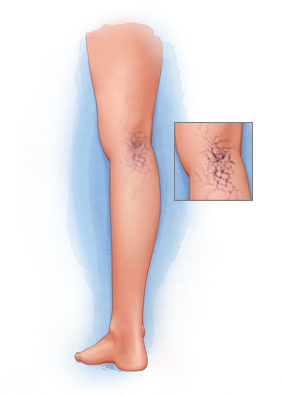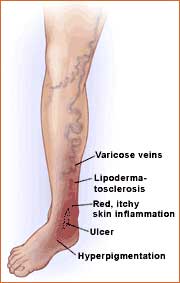The Venous System
Blood is pumped from the heart to the legs through the arteries. The arteries divide into fine capillaries where oxygen and nutrients are delivered to the cells. The blood in the capillaries then flows into the venous system to be returned to the heart. The contraction of the muscles in the legs helps this flow. When we walk the calf and thigh muscles squeeze the deep veins and force the blood upwards. There are two sets of veins at work in the legs; the deep system within the muscles and the superficial system just beneath the skin. The superficial system has two major veins; the great saphenous vein, which runs along the inner side of the thigh and joins the deep veins at the groin, and the short saphenous vein, which runs along the back of the leg and joins the deep veins behind the knee. Numerous smaller channels called perforators also connect the superficial system to the deep system. Both systems are equipped with one-way valves that only allow the blood to flow from the superficial system to the deep system and upward towards the heart.
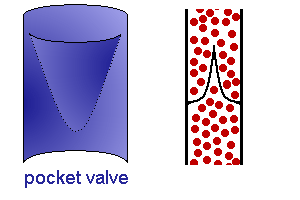
Venous Insufficiency
Venous insufficiency is a condition in which the veins do not efficiently return blood from the lower limbs back to the heart. If the valves within the veins malfunction or the calf-muscle pump fails, reflux occurs, veins remain full and the pressure in the veins becomes abnormally high (venous hypertension).
Venous hypertension appears to be the common denominator behind the different manifestations of venous disease. It can lead to varicose veins and spider veins, ankle swelling and skin damages. Appropriate diagnostic testing can pinpoint the areas of reflux and assess the calf-muscle pump to formulate an appropriate treatment plan.
Symptoms
Besides the cosmetic stigmata, patients afflicted with venous insufficiency will often complain of aching or heaviness in the legs. There is often a feeling of swelling, tension, restless legs or cramps. Some people with varicose veins get itching and a feeling of heat and tenderness over their veins. Symptoms are often accentuated after prolonged standing or sitting. They tend to be worse in hot weather or at the end of the day. Typically patients experience some relief by putting their feet up, walking in the cold or wearing compression stockings. Many women find symptoms are more pronounced during their periods and during pregnancy.
A list of common symptoms patients report in the legs include:
- Tiredness
- Fatigue
- Burning
- Throbbing
- Tingling
- Heaviness
- Soreness
- Aching
- Throbbing
- Cramping
- Restless legs
- Swollen legs
- Itching
Sometimes symptoms from varicose veins can be non-specific and it may be difficult to correlate the symptoms with the severity of the disease. Small 1 mm. dilated spider veins can cause significant discomfort, whereas larger varicose veins may be painless.
Stages of Vein Disease
Click the boxes below to learn more about the stages of vein diease
